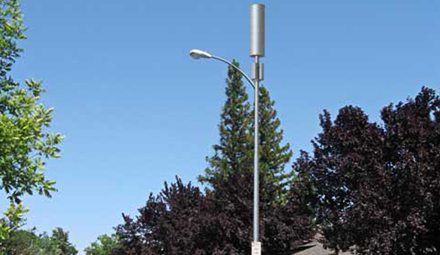Crown Castle finished 2020 with approximately 50,000 small cells on air, and has increased its backlog of small cells committed or under construction to approximately 30,000, the company’s CEO Jay Brown said during a conference call with investors.
In the call, the executive also highlighted a new small cell deal with U.S. carrier Verizon. “We are also excited that we have expanded our strategic relationship with Verizon by signing a long-term small cell agreement to support Verizon’s 5G ultra-wide band and 5G nationwide deployment. Under this agreement, Verizon has committed to lease 15,000 new small cells, representing the largest small cell award in our history and demonstrating the value of sharing small cell and fiber infrastructure assets with multiple customers.”
“The Verizon agreement is a real affirmation of our small cell strategy, and they believe there’s real value in a third party providing the infrastructure to them. And I think we’re in a great position to do that. So we’re focused on making sure we deliver for them and help them get their 5G launched,” Brown said.
Brown also said that the recent cancellation of a small cell agreement by T-Mobile will not have an impact in the firm’s long-term growth opportunity for its small cell business. “Late last year, T-Mobile notified us that they were canceling approximately 5,700 small cells that we initially contracted with Sprint. The majority of the small cells were yet to be constructed and would have been located at the same locations as other T-Mobile small cells once completed.”
The company currently has a portfolio of 40,000 towers and 80,000 route miles of high-capacity fiber concentrated in the top U.S. markets. “Looking forward, I’m excited about the growth opportunity as our customers embark on what is likely to be a decade-long investment cycle to develop 5G in what remains the best wireless market in the world,” the executive said.
Brown also said that he believed that the beginning of the launch of 5G technology creates another opportunity for cell site densification. “I think the carriers are going to continue to densify their 4G networks. In addition to the investment that they’ve made – that they’re going to make on the 5G side, I think we’ll continue to see 4G sites deployed.”

